Smileys Africa is leading urban and athleisure cool in Nigeria
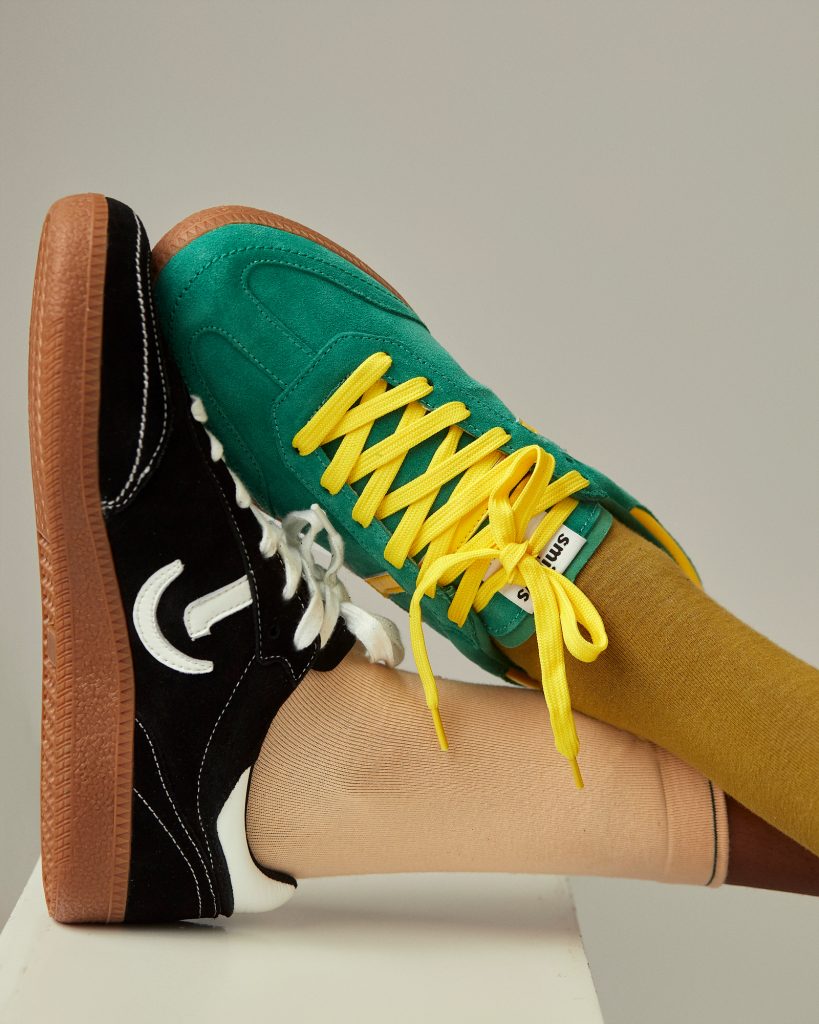
Smileys Africa is leading urban style, selling comfort, confidence & cool!
Smileys’ brown structured Baovicto Pant paired with a boxy white t-shirt I saw on Instagram (or was it a newsletter? I’m not entirely sure anymore) sent me back to Smileys Africa’s website, and it was just the reminder I needed to get this urban brand back on my radar.
Safe to say I ordered a few items off the website, and they are definitely up to something with their new releases. I remember Smileys Africa from their colourful, graffiti-meets-nerd-but-cool socks. I have known (about) them for a hot minute.
Smileys Africa is building something that transcends their versatile urban cool pieces. This athleisure brand is deeply connected to their customers. They are not just innovative and resilient; they are taking charge by mastering the art of creating timeless pieces with a deep understanding of their audience. The CEO, Habib Wasulu, takes you through the creative process in between drops…
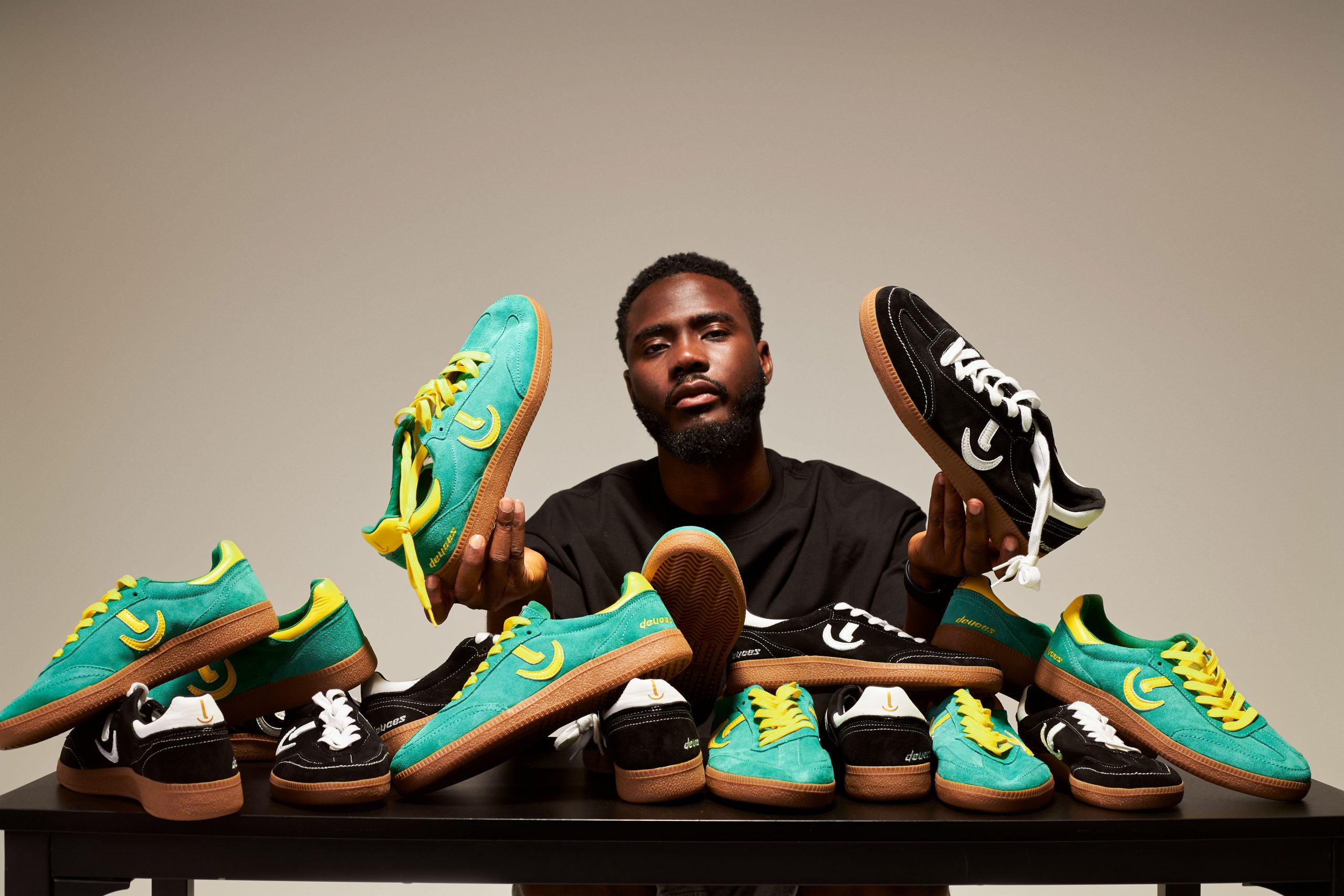
From the quality of the products (check out their sneakers, their array of durable socks, and the wildly creative Baovicto Pant) to their unapologetic vibrant display of youthful style, you feel copping anything from them to prompt service and delivery. Smileys Africa is morphing into a lifestyle powerhouse, and I’m not mad about it.
We spoke to Habib Wasulu (HW), who is head in charge at Smileys Africa…
- Smileys Africa is deeply rooted in urban culture. What influenced your vision to start the brand?
HW – I wanted to provide something that shapes how people express themselves every day. Growing up around that, I saw how much style is more than the product itself (be it socks, clothing, sneakers, etc.); it is identity, confidence, and community. I wanted to build a brand that feels authentic to my people but also forward-thinking, minimal in its design language, yet vibrant with personality. The vision came from blending what I see and live daily with a deeper desire to give people essentials that represent who they are and where they’re from, with pride.
- You started Smileys with socks and have now expanded into a full-fledged lifestyle brand with sneakers and athleisure pieces. What was the strategic thought (process) behind this expansion? How are you able to maintain a cohesive brand identity while diversifying your product line to meet the ever-evolving demands of your customers?
HW – When I started Smileys with socks, the idea was simple: to take an everyday essential and make it exciting, minimal but bold, something people could show off and gift. As the brand grew, I realized that the same philosophy could translate beyond socks into sneakers, athleisure, and eventually a full lifestyle.
The strategic thought process was always about building from the ground up. Socks gave us an entry point because they’re affordable, universal, and a subtle way to inject style. Once people trusted our quality and connected with the identity, it was natural to expand into clothing, athleisure, and sneakers that carry the same DNA.
What keeps Smileys cohesive, even as we diversify, is that core design language: minimal foundation and playful details. Whether it’s socks, sneakers, or a shirt, it still feels like Smileys. That through line allows us to evolve with our customers while staying true to who we are.
- What are the key processes you’ve put in place to ensure quality control? What does the journey of a Smileys’ product from the initial design concept to a finished product look like, for instance?
HW – The journey of a Smileys’ product always starts with concept and customers (TA). First, I think about the story – what feeling or idea I want the product to carry. From there, I sketch and build mood boards, pulling inspiration from different places, minimal design, and pops of colour that define our aesthetic. Once the concept feels solid, we move into sampling. This is where materials, textures, and finishes are tested. I’m very hands-on at this stage because quality is everything. From the stitching on socks to the structure of a sneaker, the product has to feel premium and last.
For quality control, I’ve put processes in place at multiple stages:
Material checks—making sure fabrics and leathers meet durability and comfort standards.
Prototype testing—wearing and stress-testing the products to see how they hold up in real life.
Consistency reviews—every batch is checked against the original sample to ensure nothing gets lost in production.
By the time a Smileys product reaches the customer, it’s gone through layers of refinement. For me, it’s not just about releasing something new, but making sure it truly reflects our brand’s DNA, which is minimal, bold, and rooted in everyday wear.
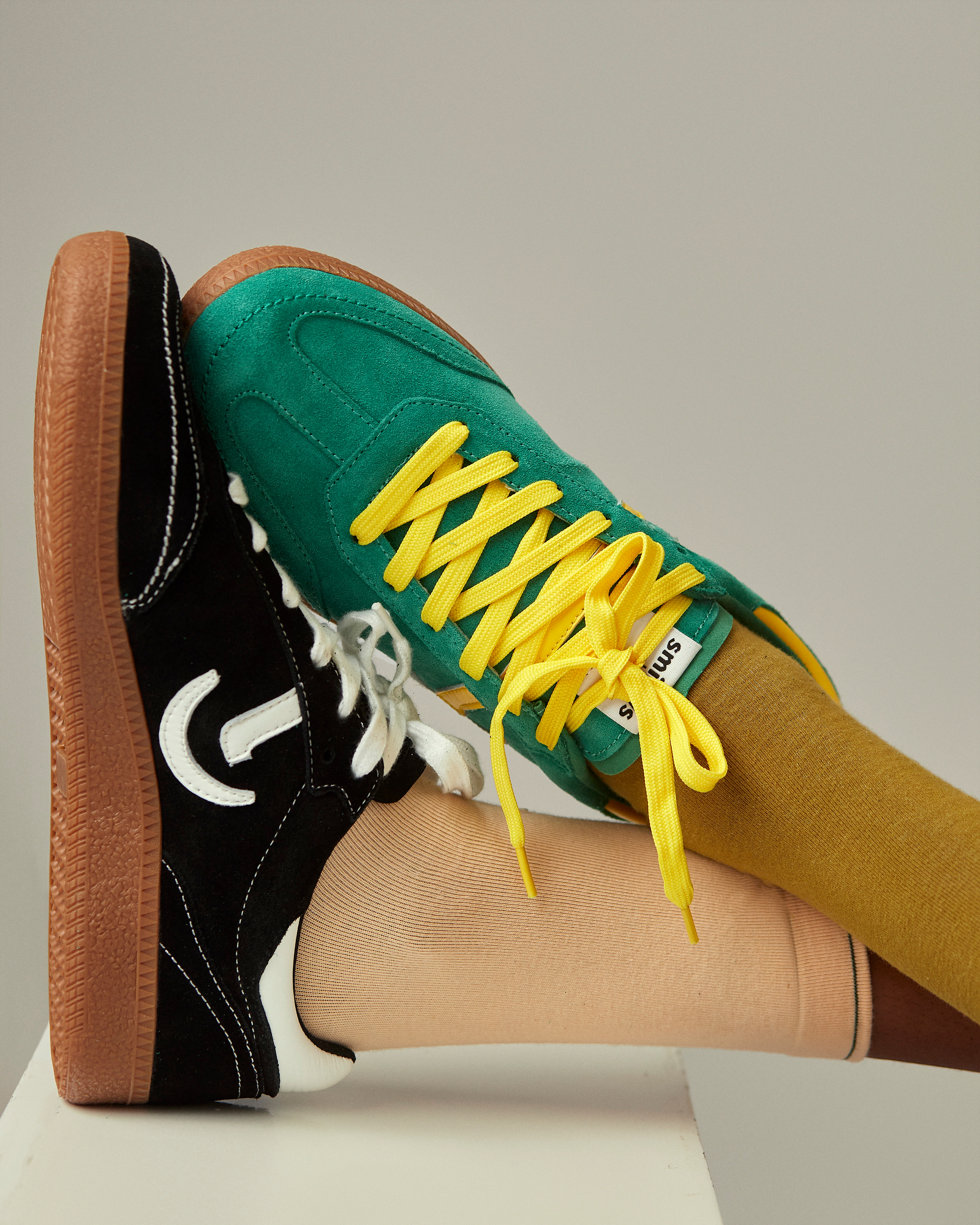
- What factor have you put or are you putting in place to make your brand more sustainable? Are there specific strategies you’ve adopted with sourcing, production, or even distribution to make your brand more sustainable?
HW—Sustainability has always been on my mind, because building a lifestyle brand today isn’t just about style; it’s about responsibility. With Smileys, I’ve been intentional about making changes in sourcing, production, and even how we distribute.
On the sourcing side, we’ve started working with suppliers who prioritize eco-friendlier materials—fabrics that are more durable, breathable, and in some cases recyclable. It could be a 100% polyester or 100% cotton product. For sneakers and athleisure, the goal is always to use materials that last, because longevity is one of the most sustainable practices.
In production, I focus on small-batch manufacturing. Instead of mass-producing, we create limited runs that reduce waste and keep the brand exclusive. This way, every piece is meaningful, and we don’t end up with piles of unsold stock.
Distribution-wise, we’re exploring packaging that’s minimal and recyclable, cutting down on unnecessary plastics. And on the marketing side, I’m also encouraging a mindset shift by promoting the idea of buying essentials that last.
It’s a journey, not a checkbox. For me, sustainability is about evolving step by step, aligning with partners who share that vision, and making sure Smileys not only represents the now but also respects the future.
- How do you ensure that Smileys continues to create products that authentically reflect what your brand stands for while also considering the pulse of your target audience in your designs and marketing?
HW—For me, the heart of Smileys is clear: minimal design with bold energy. That doesn’t change, no matter what product we create. Every design starts from that foundation because it’s our filter for deciding what feels authentic.
At the same time, I’m always tuned into what’s trending and the community. I pay close attention to what people are wearing, how they’re styling pieces, and the conversations happening around fashion. That means engaging directly with our audience on social media, getting feedback from early drops, and even just watching how people move in the streets.
The balance comes from merging the two: our brand identity acts as the anchor, and the audience pulse acts as the compass. That way, we can evolve with what people want without losing the essence of who we are. It keeps Smileys fresh but still unmistakably Smileys.
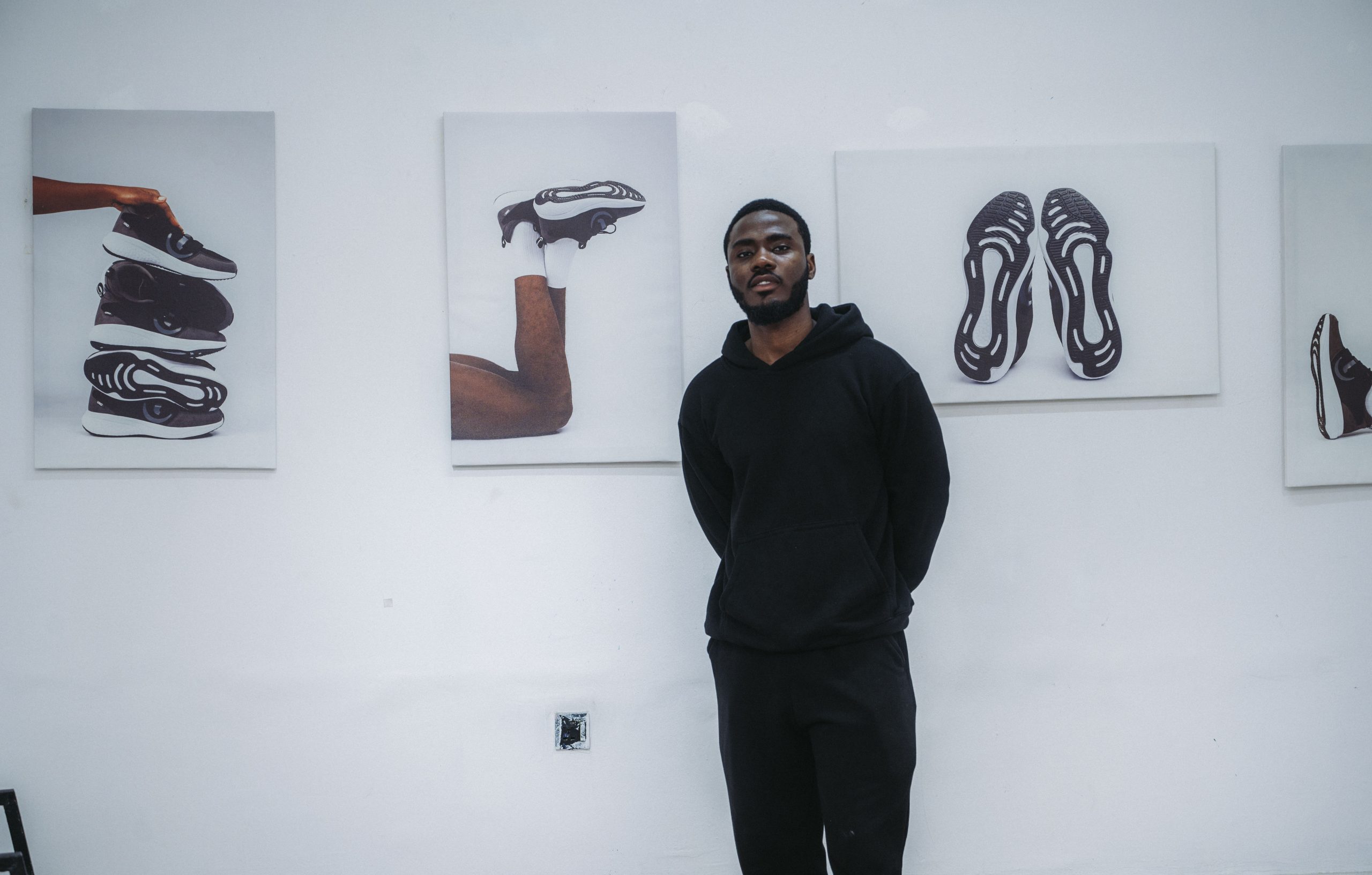
- Your business model, particularly your initial pricing strategy for socks, was a key market disruptor. How do you balance creating high-quality, aspirational products with maintaining accessible price points for your (younger) demographic? How has this approach influenced your brand’s growth and market positioning?
HW—When we launched with socks, pricing was very intentional. I wanted to create something that felt aspirational in design and quality but was still accessible to a younger audience. That balance of premium feel without luxury exclusivity was what made Smileys disruptive from the start.
The way I see it, quality doesn’t have to mean unattainable. We invest in good materials, tight production standards, and strong design, but we also keep our distribution lean and our marketing organic, which helps us avoid inflated costs. That allows us to offer products that feel high-value without alienating the very community we want to represent.
This approach has shaped our growth and positioning. Smileys sits in a space where it feels aspirational enough to be taken seriously but accessible enough for people to actually live in it. That’s why we’ve been able to expand from socks into sneakers and athleisure because the community trusts that they’re getting something authentic, stylish, and within reach.
- Beyond the products, Smileys has built a vibrant community and a strong emotional connection with its customers. What is your long-term vision for the brand?
HW – From day one, Smileys has always been bigger than just products. The socks, sneakers, and athleisure are expressions of something deeper: community, identity, and purpose. The emotional connection we’ve built with our audience is proof that people don’t just want to wear a brand; they want to belong to one.
My long-term vision is for Smileys to become a full lifestyle brand, not just clothing, but experiences, collaborations, and spaces that bring people together. I see Smileys evolving into a platform that represents what it means to be a cool African brand on a global stage, while still staying true to its roots.
At the core, it’s about impact: inspiring people to express themselves confidently, giving them products that last, and building a community that feels seen. For me, Smileys is not just about fashion; it’s about expression, creativity, and maybe legacy lol.
Read the interview in the magazine.



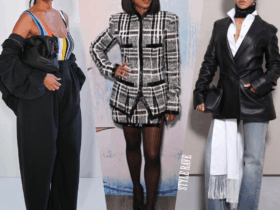
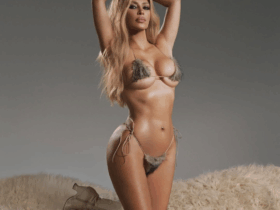

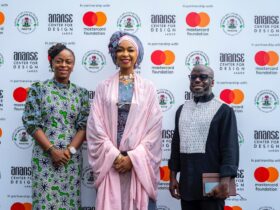
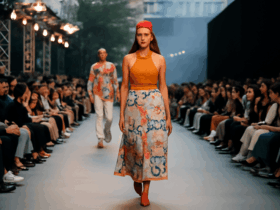
Leave a Reply